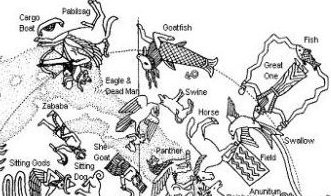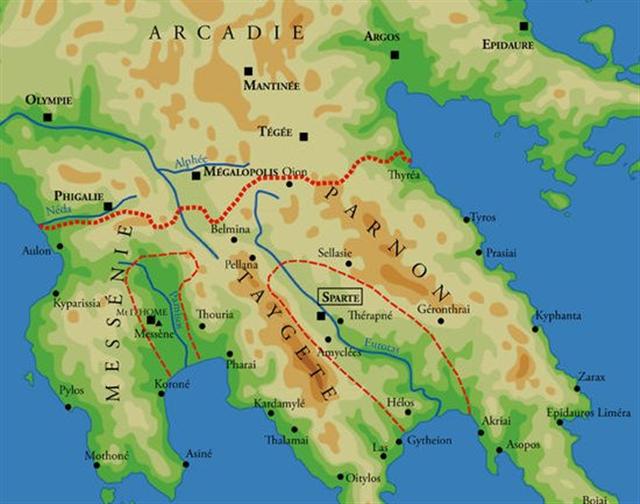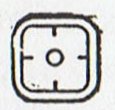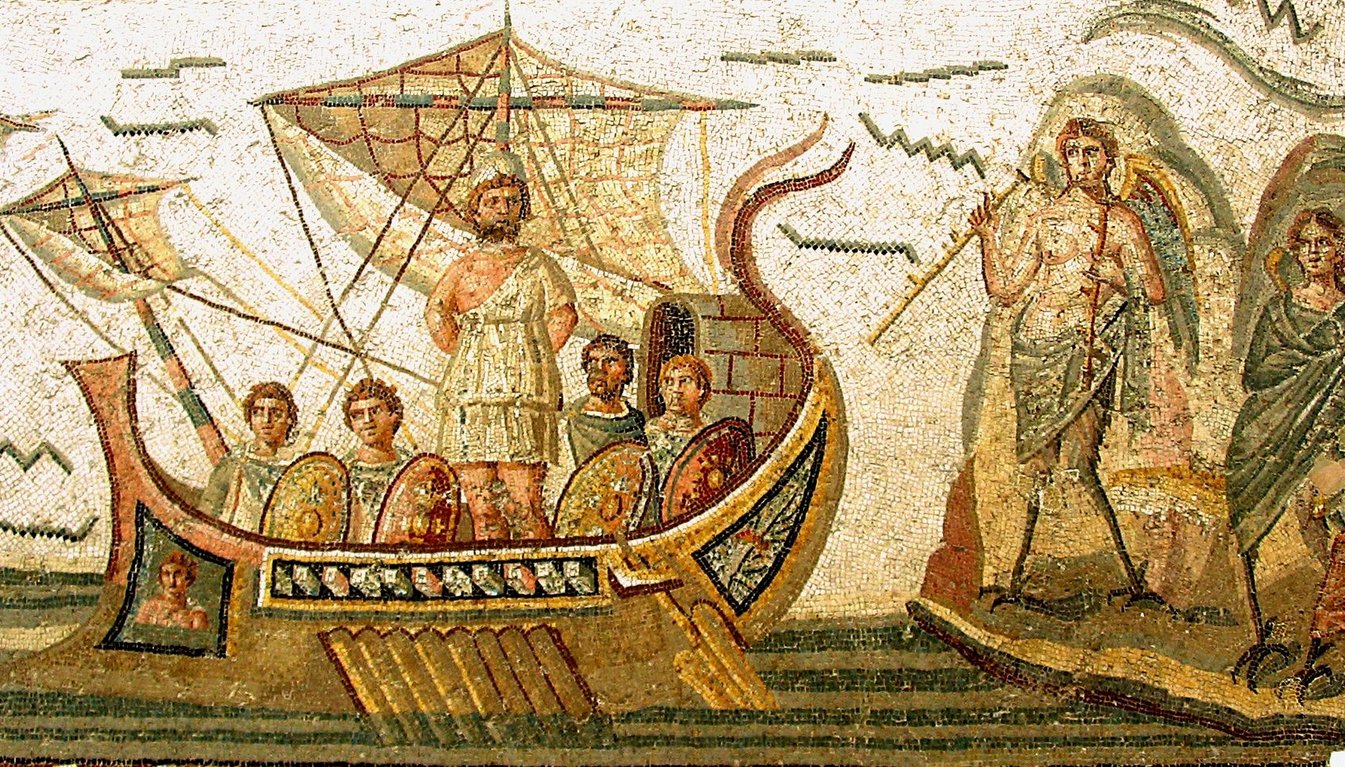The Pleiades indicated where a new year should begin - viz. in the night after Tau-ono (6 'stones') - and until then the central place in the nest of the Kingfisher (Alcyone) could have been left vacant. ... another Alcyone, daughter of Pleione, 'Queen of Sailing', by the oak-hero Atlas, was the mystical leader of the seven Pleiads. The heliacal rising of the Pleiads in May marked the beginning of the navigational year; their setting marked its end when (as Pliny notices in a passage about the halcyon) a remarkably cold North wind blows ...
... Pliny, who carefully describes the halcyon's alleged nest - apparently the zoöphyte called halcyoneum by Linnaeus - reports that the halcyon is rarely seen and then only at the winter and summer solstices and at the setting of the Pleiades. This proves her to have originally been a manifestation of the Moon-goddess who was worshipped at the two solstices as the Goddess of alternatively Life-in-Death and Death-in-Life - and who early in November, when the Pleiades set, sent the sacred king his summons to death ... ... in the ceremonial course of the coming year, the king is symbolically transposed toward the Lono pole of Hawaiian divinity ... It need only be noticed that the renewal of kingship at the climax of the Makahiki coincides with the rebirth of nature. For in the ideal ritual calendar, the kali'i battle follows the autumnal appearance of the Pleiades, by thirty-three days - thus precisely, in the late eighteenth century, 21 December, the winter solstice. The king returns to power with the sun. Whereas, over the next two days, Lono plays the part of the sacrifice. The Makahiki effigy is dismantled and hidden away in a rite watched over by the king's 'living god', Kahoali'i or 'The-Companion-of-the-King', the one who is also known as 'Death-is-Near' (Koke-na-make). Close kinsman of the king as his ceremonial double, Kahoali'i swallows the eye of the victim in ceremonies of human sacrifice ...
... As soon as one has mastered the elementary grammar and accidence of myth, and built up a small vocabulary, and learned to distinguish seasonal myths from historical and iconotropic myths, one is surprised how close to the surface lie the explanations, lost since pre-Homeric times, of legends that are still religiously conserved as part of our European cultural inheritance. For example, the various legends of the halcyon, or kingfisher which like the wren, is associated in Greek myth with the winter solstice.
There were fourteen 'halcyon days' in every year [364 - 14 = 350 = 14 * 25], seven of which fell before the winter solstice, seven after, peaceful days when the sea was smooth as a pond and the hen-halcyon built a floating nest and hatched out her young. According to Plutarch and Aelian, she had another habit, of carrying her dead mate on her back over the sea and mourning him with a peculiarly plaintive cry. The number fourteen is a moon-number, the days of the lucky first half of the month; so the legend (which has no foundation in natural history, because the halcyon does not build a nest at all but lays its eggs in holes by the waterside) evidently refers to the birth of the new sacred king, at the winter solstice - after his mother, the Moon-goddess, has conveyed the old king's corpse to a sepulchral island. Naturally, the winter solstice does not always coincide with the same phase of the moon, so 'every year' must be understood as 'every Great Year', at the close of which solar and lunar time were roughly syncronized and the sacred king's term ended ... Alternatively the new year child could have come 46 (= 366 / 8) nights later than the traditional season in order be in tune with the current positions of the Sun against the stars - i.e. when in rongorongo times Alcyone culminated at 21h in the night of December 31 and when the the Full Moon was in day 365 - 183 = 182 (July 1). ... It was not long ago when I noticed in a little footnote of Allen that his culmination dates (which I have copied) were not for the midnights but as observed 3 hours earlier: 'In astrology α [Andromedae, Sirrah] portended honor and riches to all born under its influence. It comes to the meridian - culminates - at nine o'clock in the evening of the 10th of November [the π day]. All culminations mentioned in this work are for this hour ...' 165 (June 14, Ga1-21) + 3h / 24h * 365¼ ≈ 165 + 16 = 210 (July 29, Ga3-7). 165 (June 14, Ga1-21) - 3h / 24h * 365¼ ≈ 119 (April 29, Gb8-6) = 210 (July 29, Ga3-7) - 13 weeks (= 364 / 4).
210 + 183 = 393 and 393 - 45 (= 360 / 8) = 348 (December 14, Ga8-1) is a number which 'happens' to coincide with the number of glyphs on side b of the C tablet. And on side a we can count day zero + 392 glyphs = 393 days ... (Evidently I have adjusted the culmination date for Sirrah in my list with 1 day ahead in order to correlate it with my date for its heliacal rising, which was March 21 at the time of rongorongo but March 22 according to my astronomy book.) By the way, 33 (days to the Hawaiian solstice) + 16 (minimum number of nights when the Pleiades would have been invisibly close to the Sun) = 49, which hints it was not to the Hawaiian solstice the days should be counted to but to the end of the year:
At the time of Gregory XIII these 6 eggs of the Kingfisher should ideally be with the Full Moon (Hotu, to produce fruit) at the place in his calendar where the Pope had determined the π date to be (i.e. in day 314 from the beginning of the calendar year). He managed to do so by not correcting for the effects of the precession in full - only from the year 325 (as in March 25 which corresponded to the date of the Julian spring equinox). ... When the Pope Gregory XIII updated the Julian calendar he did not revise what had gone wrong before 325 AD (when the Council of Nicaea was held). Thus the stars were were still 3-4 days 'out of tune' compared to the calendar ... the Gregorian 'canoe' was 'crooked'. His calendar was not in perfect alignment with the ancient star structure. Because he had avoided to adjust with the effects of the precession between the creation of the Julian calendar and the Council of Niceae in 325 A.D. ... When the Pope rearranged the day for spring equinox from number 84 ('March 25) to number 80 (ºMarch 21) the earlier Julian structure was buried, was covered up (puo). At the same time the Pope deliberately avoided to correct the flow of Julian calendar days for what he may have regarded as 4 unneccesary leap days prior to the Council of Niceae. Thus his balance sheet for days was in order. The day numbers counted from the equinox were increased with 4 and this was equal to allowing the 4 'unneccessary' leap days to remain in place. But he had moved spring equinox to a position which was 4 days too early compared to the ancient model. And he had also broken the Julian connection between the Sun year and the Sirius year. The Julian year was precisely as long as the Sirius year, but the new Gregorian year was slightly shorter - due to fewer leap days - and no longer was Sirius going to stand still in the calendar, no longer would Sirius be a marvellous star; only the brightest, which however was no mystery because there had to be some star which was brightest ... The Pope (or perhaps his astronomer guides) thus appears to have been relatively uninterested in the positions of the Sun among the fixed stars and instead his primary intention could have been to put the fixed stars in the night at memorable places (memorials, cfr kai viri kai viri.ko raua ana a totoru) in his calendar. Although we can count 314 (π) - 80 (0h) = 234 (Ga4-11) = 9 * 26 = 468 / 2:
However, a central position had also been given to Wasat (Middle) = δ Gemini, which rose heliacally 185 days after Alphekka Meridiana (the Dish at the Meridian):
... Taygete, or Taygeta, a name famous in Spartan story for the mother of Lacedaemon by Zeus
was mentioned by Ovid and Vergil as another representative of this stellar family; the former calling it Soror Pleiadum, and the latter using it to fix the two seasons of the honey harvest, as in Davidson's translation of the passage ... as soon as the Pleiad Taygete has displayed her comely face to the earth, and spurns with her foot the despised waters of the ocean; or when the same star, flying in the constellation of the watery Fish, descends in sadness from the sky into the watery waves. Ulug Beg applied to it Al Wasat, the Central One, usually and more appropriately given to Alcyone ...
... Notice how the 6th and last of the vertically oriented honey containers is turned upside down. The ear of the standing man is like the last glyph on side b [of the G tablet], in contrast to the ear of the kneeling man - which resembles a reversed Gb5-10. Aquatic animals as a rule have no external ears and they can close their ear holes when diving ...
The horizontally oriented 'honey barrels' were 8 in number, and they were symmetrical in contrast to the 6 standing ones. There was a pair of honey seasons. 8 * 45 = 360 days (the length of the regular Egyptian year) = 6 * 60, and 360 + 360 = 720.
... On the day when Tîstar [the Chieftain's star, Sirius] produced the rain, when its seas arose therefrom, the whole place, half taken up by water, was converted into seven portions; this portion, as much as one-half, is the middle, and six portions are around; those six portions are together as much as Khvanîras ...
Maybe the wheel of time had not 4 spokes but 8, because we can see that the variant of the Sun (kin) sign below the eclipic band seems to turn around with 45°, where the latter orientation (at left in the picture because the Mayas read from right to left) was used for a more ovoid cycle than the 'standing' one:
The Sun (Hetu) at the horizon in the west could be seen to take on the form of a ripe fruit (Hotu), as if sagging by the force of gravity drawing him down into the sea (hakagaro):
|
||||||||||||||||||||||||||||||||||||||||||||||||||||||||||||||||||||||||||||||||||||||||||||||||||||||||||||||||||||||||||||||||||||||||||||||||||||||||||||||||||||||||||||||||||||||||||||||||||||||||||||||||||||||||||||||||||||||||||||||||||||||||||||||||||||








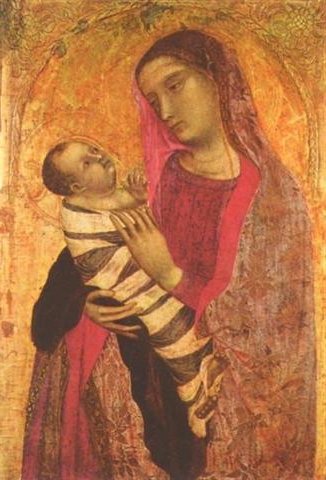




.jpg)






